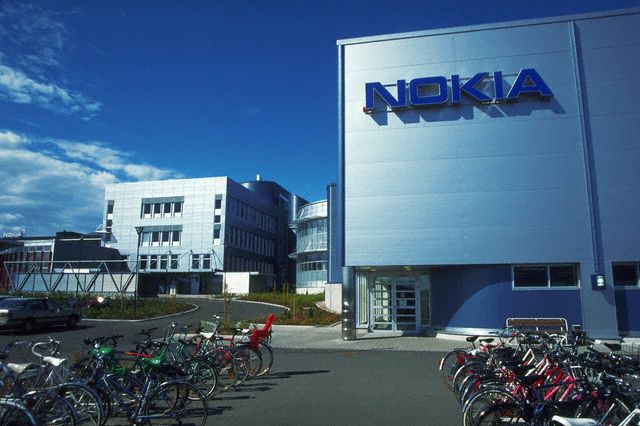advertisement
Nokia Expands Private Networks to Support Enterprises
Nokia is extending its portfolio of access and core technologies to support the digital transformation of industries and enterprises. New…

Nokia is extending its portfolio of access and core technologies to support the digital transformation of industries and enterprises.
New small cells, Wi-Fi connectivity, Multi-access Edge Computing and Cloud Packet Core capabilities are lined to allow businesses to manage and operate their own private wireless networks as they transform operations.
To enable a truly digital enterprise, businesses today require a layer of network connectivity based on mobile broadband technologies like LTE. These networks offer the high reliability, coverage and guaranteed low-latency needed for industrial applications such as factories, ports and mining operations to connect myriad assets and take advantage of capabilities such as asset tracking, automated workflows and advanced analytics.
advertisement
“Enterprises today need a higher degree of flexibility to leverage private wireless networks to meet their specific service needs. With these new solutions, Nokia addresses these needs and offers a choice for businesses to integrate licensed, unlicensed and shared spectrum to support the various latency and quality demands of all their applications.”
– Monica Paolini,
Principal, Senza Fili
New features on the industry-first Nokia Flexi Zone Citizen Band Radio Service (CBRS) small cells will allow companies in the United States to leverage 3.5 GHz CBRS shared spectrum as it becomes available. These features offer compatibility with Spectrum Access Servers, which monitor and assign usage of available CBRS shared spectrum to ensure enterprises are using available spectrum in compliance with FCC regulations.
Nokia will also launch a virtualized Multi-access Edge Computing solution, making it possible for enterprises to run MEC over commercial off-the-shelf IT servers, easing integration with existing IT infrastructure in the process. MEC processes data closer to where it is generated, ensuring the network delivers the guaranteed low latency required by business-critical enterprise applications and for an interactive user experience in busy venues. By processing data locally, MEC applications can also significantly reduce data transfer costs.
Networks to Enterprises
advertisement
A local breakout function in the virtualized MEC will allow operators to deliver private LTE networks to enterprises over their 4G network. Alternatively, the virtualized MEC is complemented by a range of Nokia virtual core solutions, providing greater flexibility for enterprises in the way they manage their own networks.
Wi-Fi will continue to support non-critical office applications and Nokia is also offering companies greater flexibility in Wi-Fi performance and coverage with a new, compact, cost-efficient outdoor AirScale Wi-Fi Access Point.
Companies operating in remote locations could face additional challenges in terms of expanding their support of business-critical operations. Nokia is solving this challenge by enhancing the flexible multi-access Cloud Packet Core with a Hybrid Access Gateway capability.
advertisement
In addition to providing packet core functionality, this will allow mining, oil and gas and other industries, which operate private wireless networks, to seamlessly integrate multiple access technologies including licensed and unlicensed wireless, fixed and satellite, to deliver increased capacity and resilience and to extend mission-critical and collaborative services and applications to the required locations.
Thorsten Robrecht, Head of Advanced Mobile Networks Solutions at Nokia, said: “We want to support the evolution toward the fourth industrial revolution by giving companies the ability to leverage private wireless networks for their critical communications needs and rapidly ramp-up business applications that improve efficiency. We continue to evolve our end-to-end solutions and services to allow enterprises to transition towards digitalization in a smooth and cost-efficient way in preparation for 5G automation in the future.”